Deck & Commander Strategies

Lurrus of the Dream-Den
A Grixis deck focused on value and recursion, leveraging Lurrus's companion ability to repeatedly bring back low-cost permanents and maintain pressure.

Kodama of the East Tree
A more creature-centric deck aiming to ramp with mana dorks and generate value through creature interactions and board presence.

Silas Renn, Seeker Adept
Utilizes artifact synergies and recursion to control the board and generate incremental advantage through artifact-based combos.


Thrasios, Triton Hero and Tymna the Weaver
A stacks (lock) style deck aiming to slow opponents through multiple Rule of Law effects while setting up a combo finish using Underworld Breach and storm spells.

Kenrith, the Returned King
A versatile five-color commander deck using powerful tutors like Imperial Seal and interaction to assemble combos or powerful board states.

Bjorna, Nightfall Alchemist
Focused on aggressive tempo and disruption, leveraging evasion and removal to control the pace of the game.

Wernog, Rider's Chaplain
Likely a life-gain or control-themed deck, using the commander’s abilities to stabilize and outvalue opponents over time.
Gameplay Insights
- 1
The stacks player successfully locked the table with multiple Rule of Law effects to slow down opponents, buying time to assemble their combo.
- 2
Using Underworld Breach with Lion's Eye Diamond and Brain Freeze created a storm combo that allowed self-milling and looping to win.
- 3
Players used efficient removal and disruption such as Abrupt Decay and Silence to try to dismantle opponents' key pieces, affecting tempo and strategy.
- 4
The sequencing of casting Imperial Seal to tutor critical combo pieces during a time when multiple Mystic Remoras were taxing opponents was a pivotal moment.
- 5
Discarding the hand with Lion's Eye Diamond to fuel the combo was a critical decision that enabled the explosive win despite the loss of cards.
- 6
Culling the Weak provided an important one-mana removal/tutor effect that synergized well with the deck’s lower mana curve and combo pieces.
Notable Cards
-

Underworld Breach
-
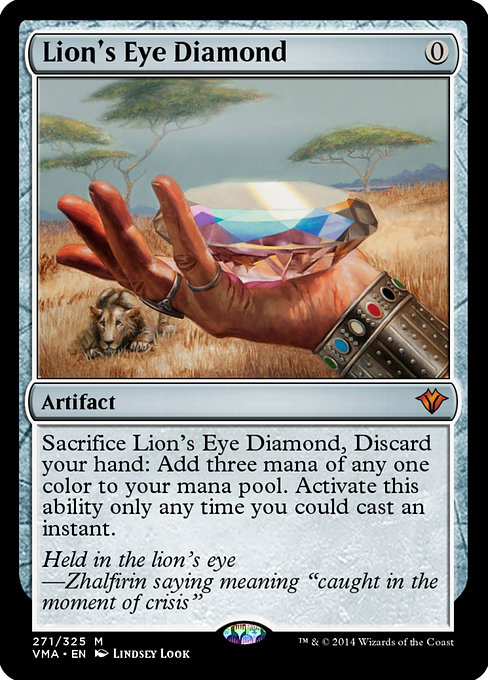
Lion's Eye Diamond
-
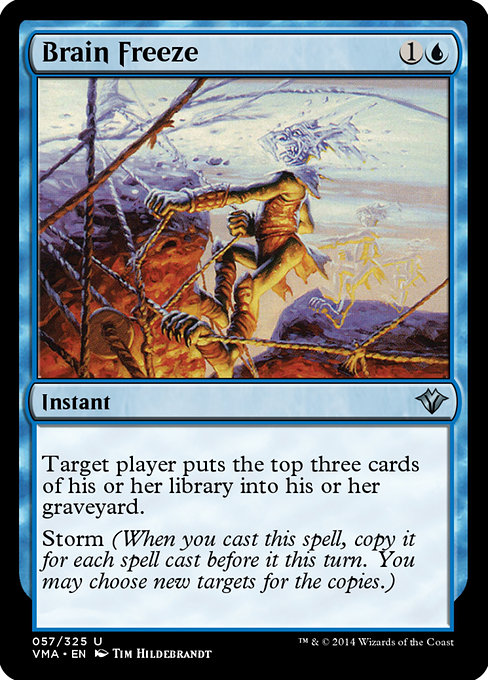
Brain Freeze
-
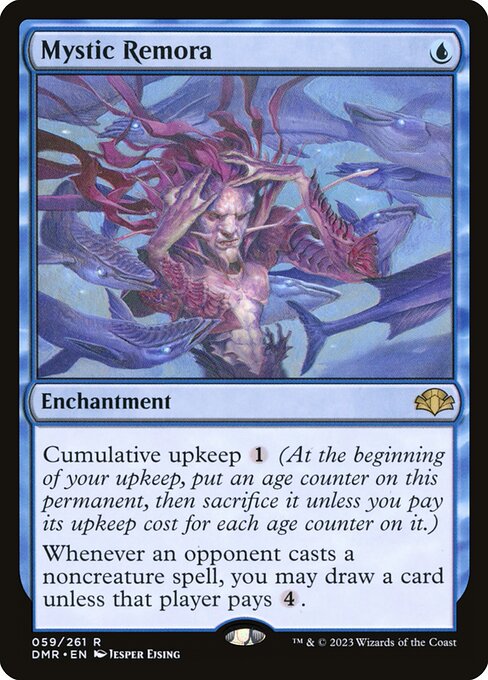
Mystic Remora
-
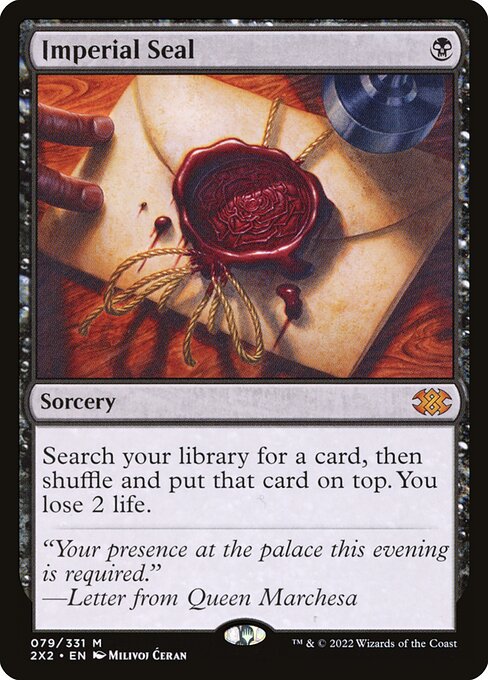
Imperial Seal
-
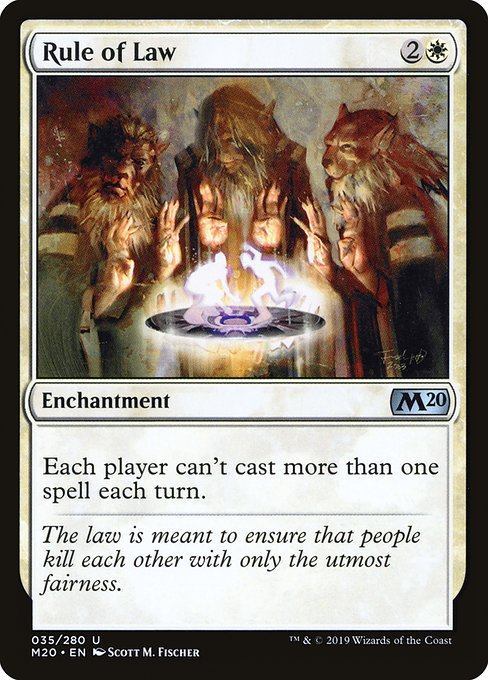
Rule of Law
-
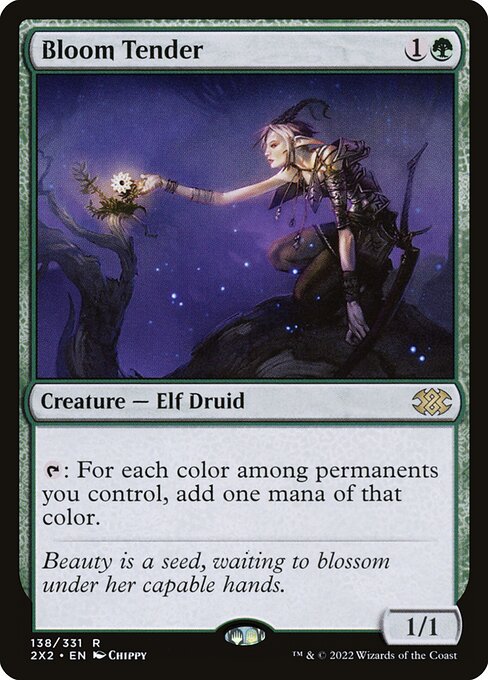
Bloom Tender
-
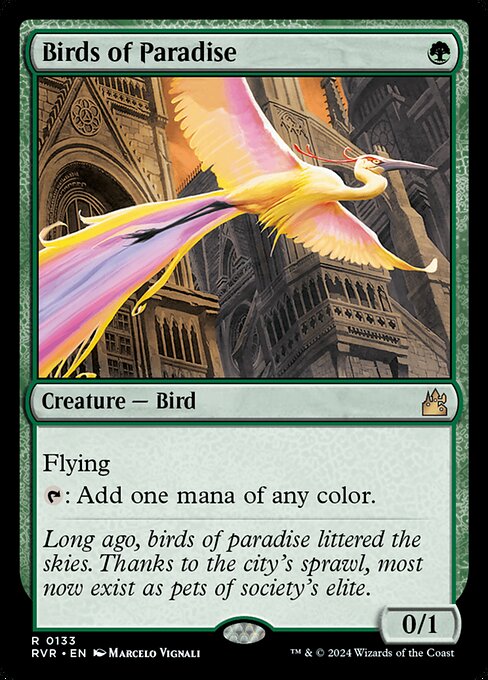
Birds of Paradise
-
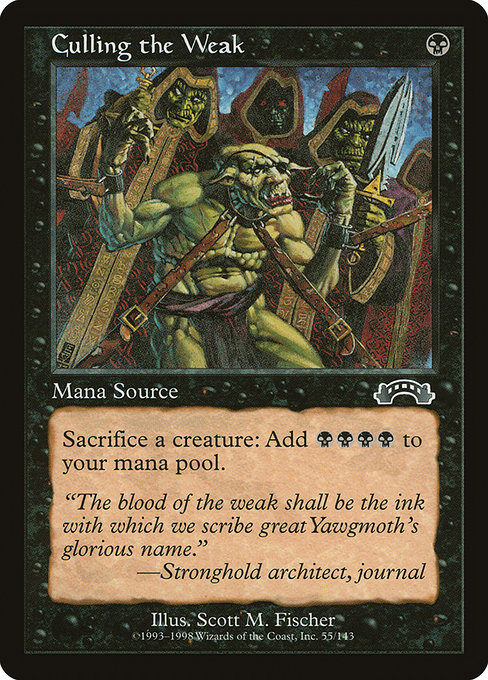
Culling the Weak
Gameplay Summary
The game featured a diverse set of commanders and strategies, with players cautiously developing their boards while navigating multiple interaction-heavy turns.
Early plays included mana acceleration and drawing engines such as Birds of Paradise, Mystic Remora, and Bloom Tender, while players carefully managed hand sizes and resources.
A key turning point came when one player successfully assembled a powerful combo involving Underworld Breach, Lion's Eye Diamond, and Brain Freeze, enabling a high-storm count and a self-mill loop to win the game.
Throughout, opponents attempted to disrupt this plan with removal and countermagic, but the combo player managed to execute their sequence despite these challenges.
The game demonstrated how combo decks can capitalize on incremental advantages and timing to overcome control and midrange strategies.
















































